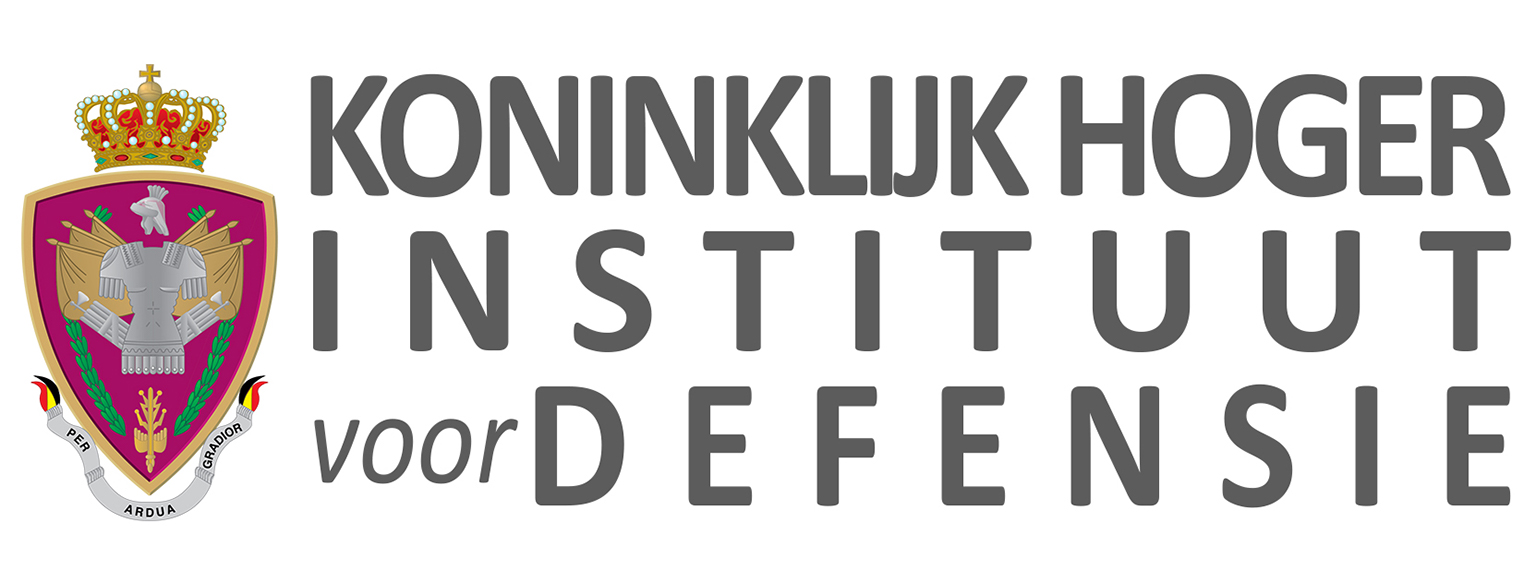Communication Technologies

This research area covers the whole spectrum of communications, on both wired and wireless networks, as well as the various multilevel emitting and security modes of these communications. For military applications, networks have to be robust, light, reliable and interoperable with NATO allies on every operational level, while taking into account the auto(re)configuration, redundancy and service quality aspects. Therefore, in analogy with the human system, resilience holds a very particular importance in the military communication systems. Cyberwarfare actions or CNO (Computer Network Operations) within these networks are omitted in this research area, as these topics are addressed in the research area A5 “Cybersecurity”.
Within the field of communication, the importance of quantum communication is increasing. The term ‘Quantum communication’ spans a range of communication technologies that enable transmission of, or require the ability to transmit, quantum information. The transmission of quantum information requires quantum networks. Within the European Union, the European Commission is working on the European Quantum Communication Infrastructure Initiative*. Some technologies such as Quantum Key Distribution (QKD) are used to increase the security by which messages are transmitted. These technologies are treated in research area A5 “Cybersecurity”.
For Belgian Defence, the emphasis is put on the NCO (Network-Centric Operations) applications, the “all over network”, the “all-IP (Internet Protocol)”, all in terms of services and fixed or (semi-)mobile, dual use networks. An example is the SDR (Software Defined Radio) technology and its future evolutions such as the CR (Cognitive Radio), IBFD (In-Band Full-Duplex) and other interference cancellation technologies for the coexistence between Electronic Warfare and Communication systems to achieve Electromagnetic Spectrum Superiority. The interoperability of our networks and waveforms during operations or the integration with other national or even international (civilian) security services has also to be considered for example via their evaluation through high-fidelity simulation or interoperability tests in international exercises.
5G/6G mobile communication technology is poised to play a central role in the near future. This new generation of mobile communications offers the military a multitude of advantages, including faster data transmission, lower latency and enhanced connectivity. Key to these performances is the multitude of technologies such as beamforming, MIMO and network slicing. Together with its flexibility these features enable real-time communication, which is vital for mission critical operations. 5G’s increased bandwidth allow for seamless integration of advanced technologies like drones, autonomous vehicles, and augmented reality systems, providing military personnel with enhanced situational awareness and decision-making capabilities on the battlefield. Moreover, 5G network are designed to support military IoT (Internet of Things) use cases.
Given the future impact of satellite communications (SatCom), the latter also have to be taken into account. For the applications on vehicles, the SatCom-On-The-Move (SOTM) should offer a total integrated solution enabling reliable communications on long distances in the X, Ku or Ka-bands. The system must ensure reliability, flexibility and robustness at the same time. The demonstration of the general capacities of SOTM systems, as well as the performance tests of the tracking unit, are an integral part of the development of these systems.
* The European Quantum Communication Infrastructure (EuroQCI) Initiative | Shaping Europe’s digital future (europa.eu)
